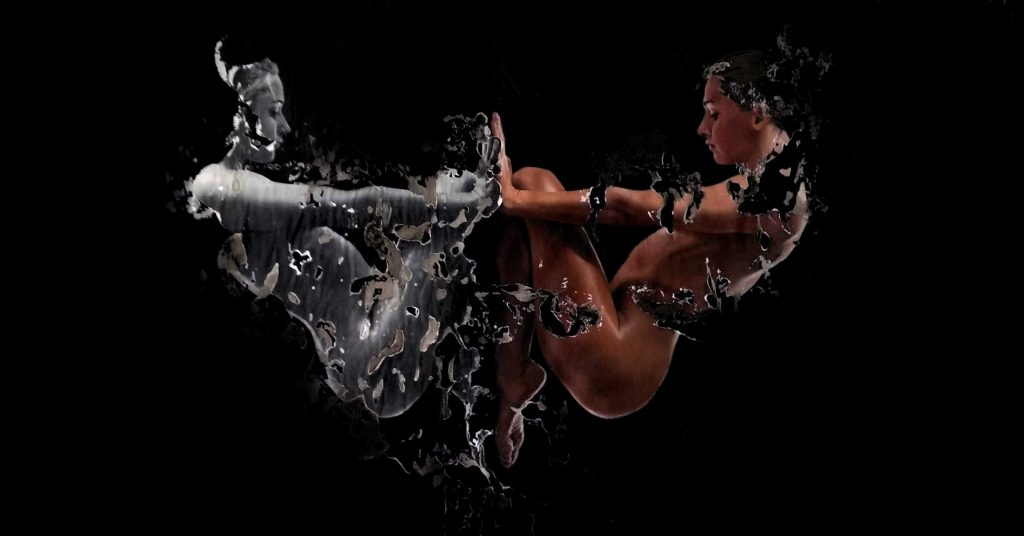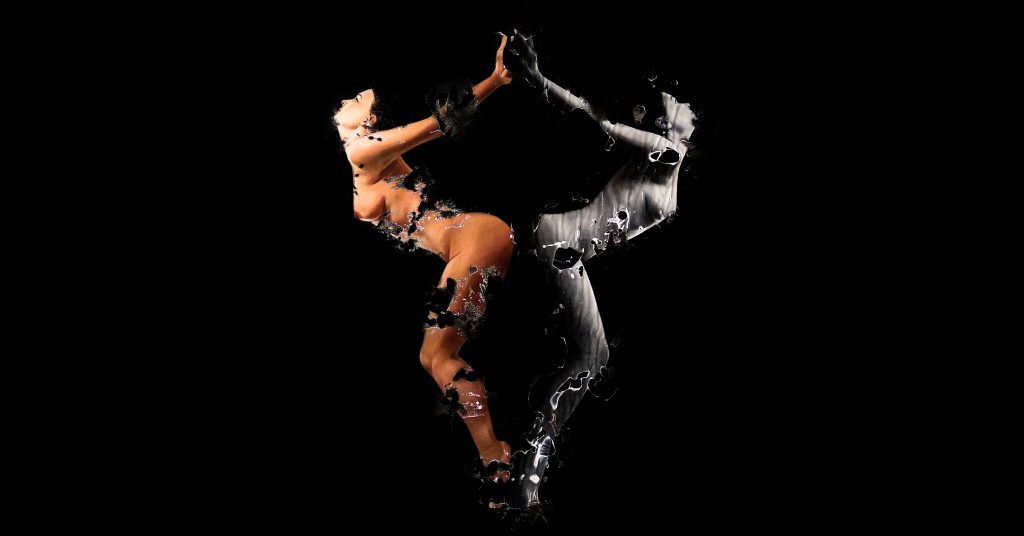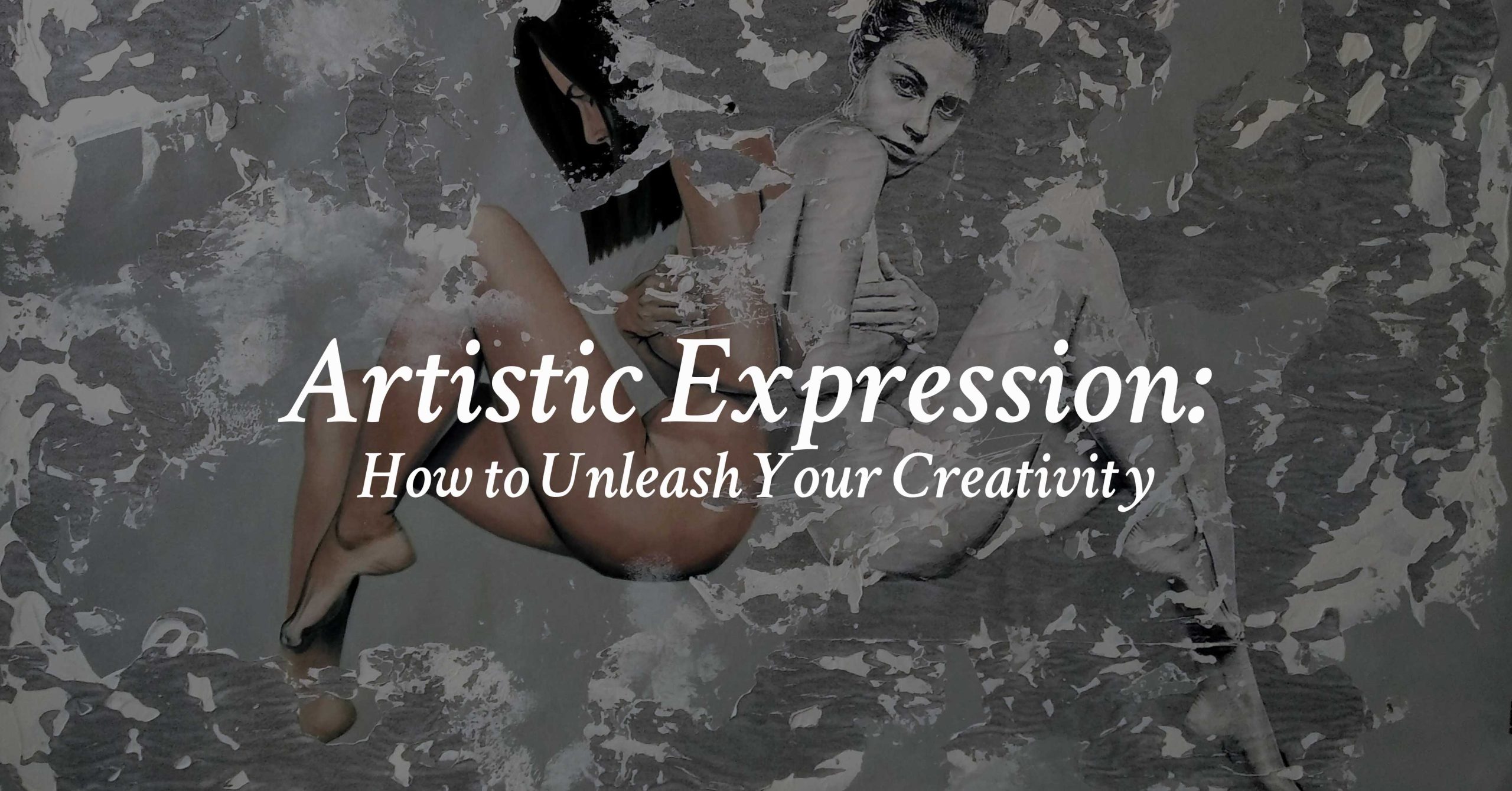
- Introduction
- What is Artistic Expression?
- Examples of Artistic Expression
- Differences and Similarities between Artistic Expression and Other Forms of Expression
- The Benefits of Artistic Expression
- Neophotorealism: A Fusion of Realism and Innovation in Artistic Expression
- How to Get Started with Artistic Expression
- Cultivating Your Unique Artistic Expression: A Palette for Personal Creativity
- Conclusion
- FAQs
Introduction
Artistic Expression, a powerful conduit for self-discovery and emotional release, weaves its vibrant threads through the fabric of human experience. In the hustle of our daily lives, understanding the significance of artistic expression becomes pivotal. Beyond the strokes of a paintbrush or the melody of a song, it offers stress relief, nurtures mental well-being, and deepens self-awareness. Let’s delve into the kaleidoscope of creativity and unlock the potential it holds for each of us.
What is Artistic Expression?
Artistic expression, a multifaceted gem, manifests in diverse forms—painting, writing, music, dance—a language of the soul. It transcends verbal limitations, allowing emotions, ideas, and experiences to bloom through artistic mediums. As we navigate this realm, the question arises: How does one articulate the ineffable?
Unveiling the Mosaic of Forms
Explore the rich tapestry of artistic expression, each form a unique hue in the masterpiece of creativity. From the strokes of a brush conveying intricate emotions to the lyrical dance of words in literature, every avenue offers a distinctive channel for self-expression.
Examples of Artistic Expression
Let’s immerse ourselves in the kaleidoscope of artistic expression, where each form is a note in a grand symphony. From the vivid strokes of a painting to the tactile narratives sculpted in stone, from the explorations of the human psyche in literature to the emotional resonance orchestrated by music and the visceral storytelling in dance, artistic expression is a multifaceted universe.
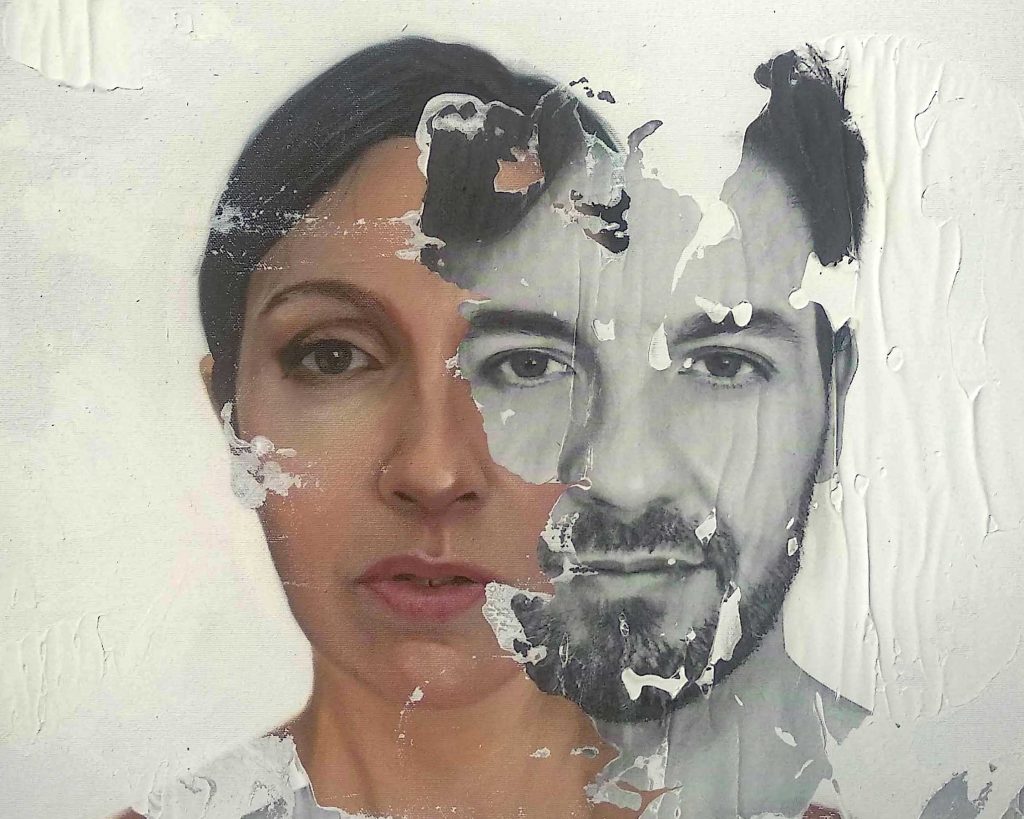

Brushstrokes of Emotion: Paintings
In the realm of paintings, emotions manifest on canvas. The unique blend of colors, textures, and forms creates a visual poetry that transcends verbal language. A single stroke can convey joy, while a gentle blend may evoke melancholy—each brushstroke, a nuanced emotion.
Sculpting Narratives: Sculptures
Sculptures, chiseled tales in stone, offer a tactile journey. The artist molds raw material into forms that speak volumes. Touch becomes a language, conveying the artist’s intent, and inviting the observer to feel the story embedded in the sculpture’s contours.
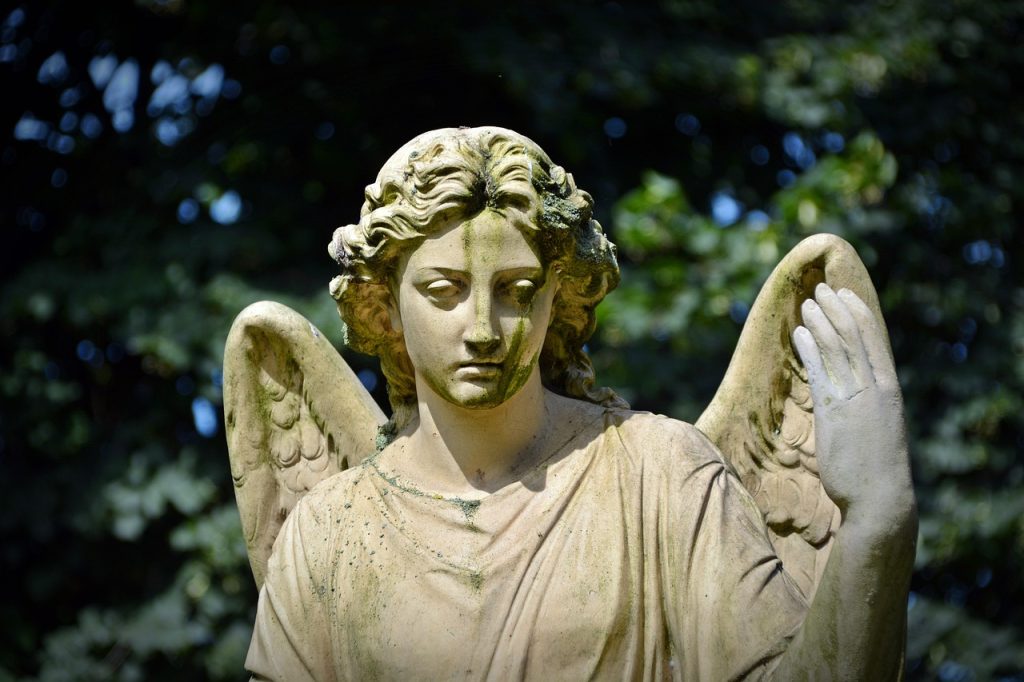

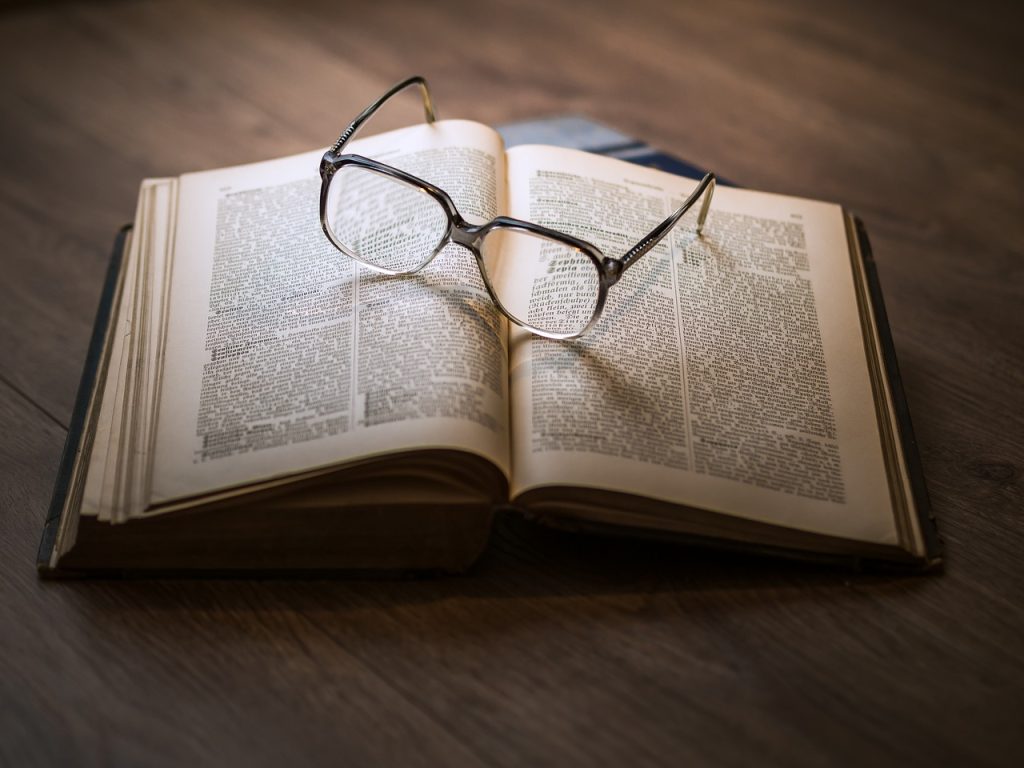

Literature’s Dive into the Psyche
Literature delves into the intricate landscapes of the human psyche. Through words, authors weave narratives that explore emotions, ideas, and experiences. Each turn of the page is a journey into the depths of the human condition, a literary dance of thoughts and feelings.
Harmony of Emotion: Music
Music, a universal language, orchestrates emotions with melody and rhythm. It has the power to evoke joy, sadness, excitement, and nostalgia. Whether through the soothing notes of a piano or the energetic beats of drums, music communicates in a way that transcends the barriers of language.
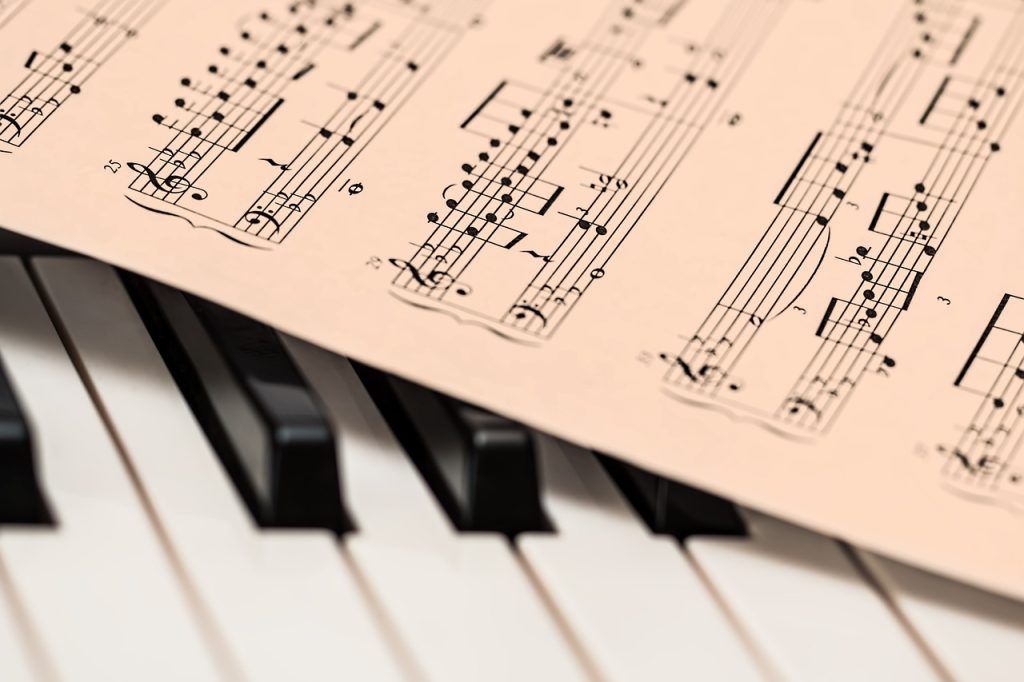

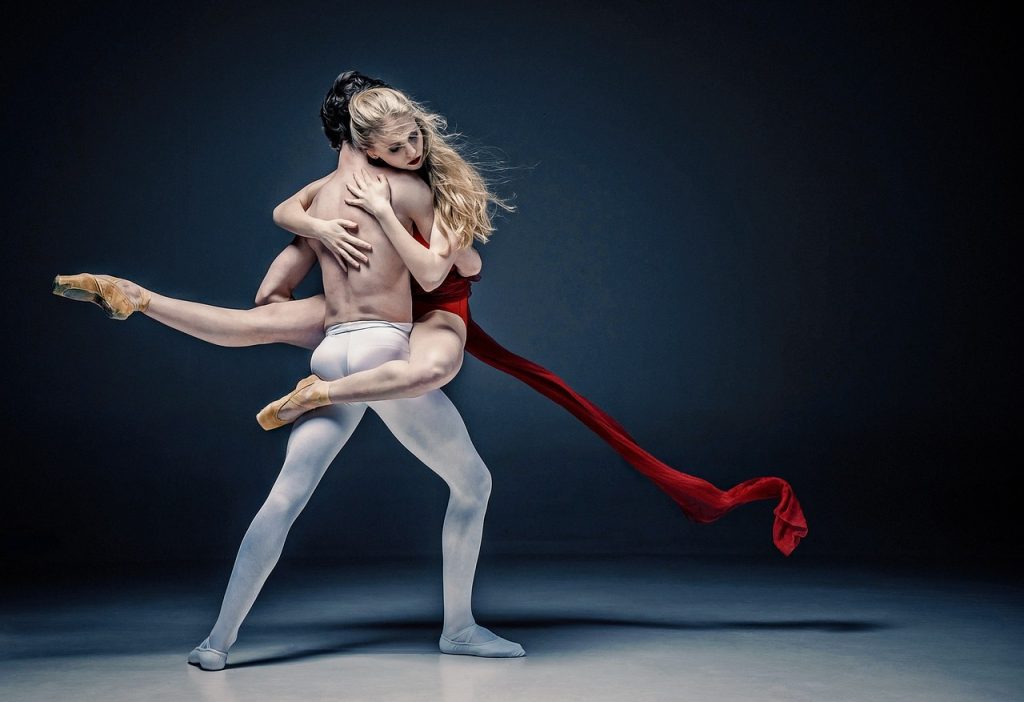

Dance: The Language of Movement
Dance, a visceral language of movement, narrates stories without words. Every step, every twirl communicates emotions and ideas. It’s a form of expression that goes beyond the physical, reaching into the realm of emotions, where the body becomes a canvas for storytelling.
As we witness the symphony of artistic expression, we recognize that each form contributes a unique hue to the canvas of human creativity. It’s not merely about creation; it’s about the conversation between the artist and the observer, where emotions and ideas transcend the boundaries of language. The symphony continues, inviting each of us to explore our own notes within this grand composition of artistic expression.
Differences and Similarities between Artistic Expression and Other Forms of Expression
In the intricate dance of human communication, various forms of expression emerge as distinct players on the stage of creativity. In this exploration, we unravel the nuances, differences, and surprising similarities between Artistic Expression and its counterparts: Verbal Communication, Body Language, and Written Words.
Understanding how these diverse channels of expression diverge and converge can be as enlightening as decoding a cryptic masterpiece. We’ve condensed the intricacies into a handy table, spotlighting the unique characteristics of each form. From the dynamic nature of Artistic Expression to the precision of Verbal Communication, the implicit language of Body Movements, and the timeless quality of Written Words, each mode brings its own flair to the symphony of human interaction.
Take a glance at the table below, and witness the visual feast of differences and similarities that define how we communicate through the kaleidoscope of creativity. It’s a guide to navigating the expressive landscape, where every brushstroke, word, and gesture contributes to the masterpiece of human connection.
| Forms of Expression | Artistic Expression | Verbal Communication | Body Language | Written Words |
| Nature | Diverse and creative | Words and language-based | Non-verbal cues | Structured and static |
| Mode | Visual, auditory, kinesthetic | Oral and written | Non-verbal gestures | Written symbols |
| Medium | Painting, writing, music, dance | Speech, writing | Body movements | Text on paper or screen |
| Communication Style | Abstract, emotional, interpretative | Direct, precise | Implicit, non-verbal | Explicit, formal |
| Temporal Nature | Dynamic and evolving | Real-time interaction | Immediate and situational | Persistent and timeless |
| Interpretation | Subjective and open to personal interpretation | Intentional and explicit | Context-dependent | Follows author’s intent |
The Benefits of Artistic Expression
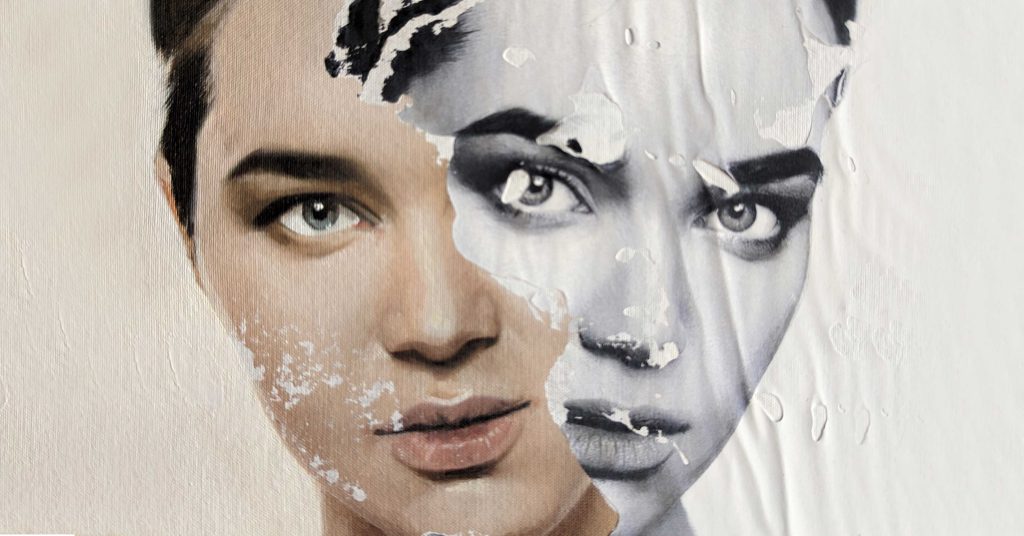

Dive into the myriad benefits that artistic expression unfurls—a tapestry woven with stress relief, enhanced mental health, and heightened self-awareness. The act of engaging in artistic endeavors proves to be a sanctuary, alleviating psychological distress such as depression and anxiety. Moreover, it serves as a catalyst for cognitive enhancement, sharpening memory, reasoning, and resilience.
Artistic expression emerges as a guiding light, aiding individuals in overcoming challenges and reaching their goals. Take, for instance, the impactful realm of art therapy, a beacon for those grappling with mental health issues like depression, anxiety, and PTSD. Through this therapeutic avenue, individuals navigate their emotions within a safe and supportive environment, paving the way for improved mental well-being.
Beyond therapeutic realms, artistic expression stands as a potent instrument for personal growth and self-discovery. As you delve into the realm of creativity, the canvas becomes a mirror reflecting a deeper understanding of oneself and one’s place in the world. This journey fosters a positive outlook on life, contributing to an overall improvement in well-being—a testament to the transformative prowess inherent in the act of artistic expression.
Neophotorealism: A Fusion of Realism and Innovation in Artistic Expression
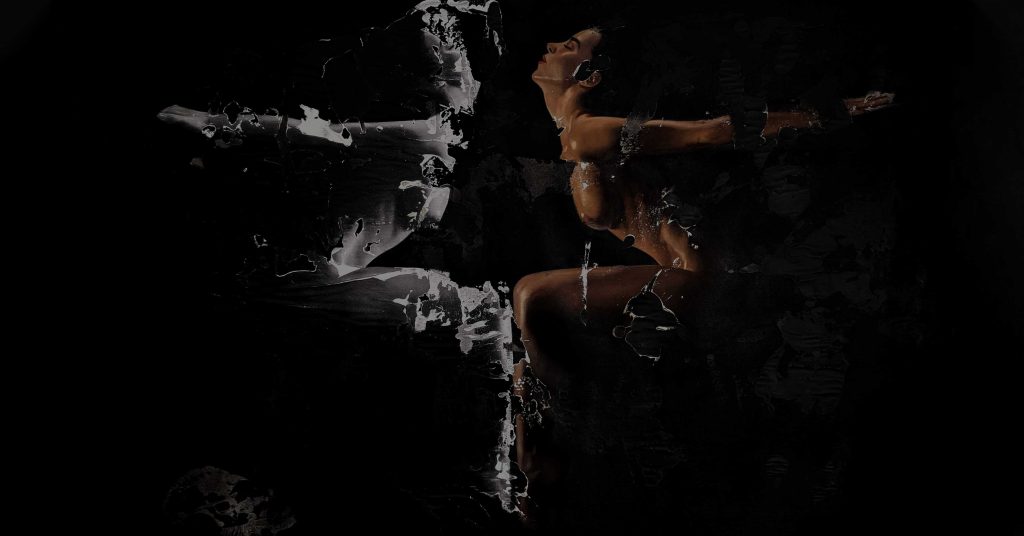

In the realm of artistic expression, a groundbreaking technique emerges, transcending the conventional boundaries of Figurative Expressionism. Welcome to the world of Neophotorealism, an avant-garde approach meticulously crafted by the visionary artist Raúl Lara.
The Essence of Figurative Expressionism
Before delving into the innovative landscape of Neophotorealism, let’s grasp the roots embedded in Figurative Expressionism. It’s a timeless style, characterized by realistic imagery and forms—a rich tapestry that has evolved over centuries, embracing various techniques and mediums.
Neophotorealism: A Revolution in Artistry
Enter Neophotorealism, a paradigm shift in artistic expression. Conceived by Raúl Lara, this technique marries the worlds of photography and traditional realistic oil painting in Figurative Expressionism. The method involves a harmonious dance between image transfer from photographs and the nuanced strokes of oil paint, resulting in a mesmerizing blend of realism, depth, and texture.
Unlocking Realism’s New Horizons
Neophotorealism isn’t just an artistic technique; it’s a quest for a new level of authenticity. Raúl Lara’s brainchild enables an unparalleled level of realism, breathing life into the canvas in a way previously unattainable. The technique acts as a portal to explore the intricacies of form, particularly in the portrayal of the female figure, infusing Lara’s works with dynamism and expressiveness.
Neophotorealism Artworks
-


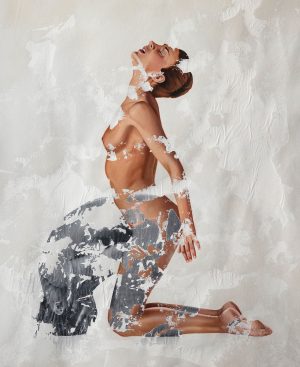 Desperandum3.000,00$
Desperandum3.000,00$ -


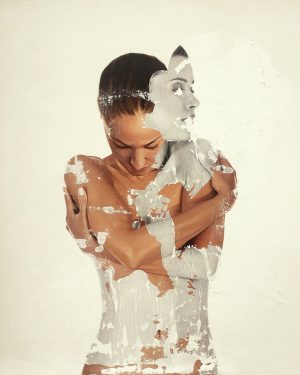 Amplecti Animam2.500,00$
Amplecti Animam2.500,00$ -


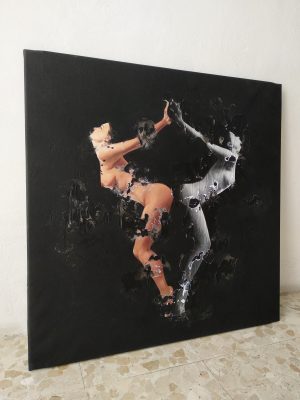 Crucis3.100,00$
Crucis3.100,00$ -


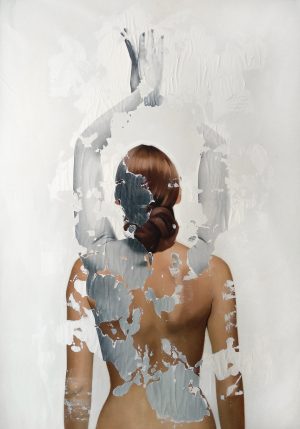 Ascensionem2.290,00$
Ascensionem2.290,00$
How to Get Started with Artistic Expression
If you’re new to artistic expression, here are some tips to help you get started:
- Set aside time for creative activities: Whether it’s painting, writing, music, or dance, make sure to set aside time each day or week to engage in creative activities. This will help you develop your skills and build your confidence.
- Experiment with different forms of art: Don’t be afraid to try new things! Experiment with different forms of art to find what you enjoy the most. You might discover a hidden talent or passion that you never knew you had.
- Seek inspiration from other artists: Look for inspiration from other artists in your community or online. Attend art shows, read books, watch movies, and listen to music to get inspired and learn new techniques.
- Practice and persevere: Developing artistic skills takes time and effort. Don’t get discouraged if you don’t see immediate results. Keep practicing and persevering, and you’ll be amazed at how much progress you can make.
Remember, artistic expression is all about having fun and expressing yourself. Don’t worry too much about being perfect or getting everything right. Just enjoy the process and let your creativity flow!
Cultivating Your Unique Artistic Expression: A Palette for Personal Creativity
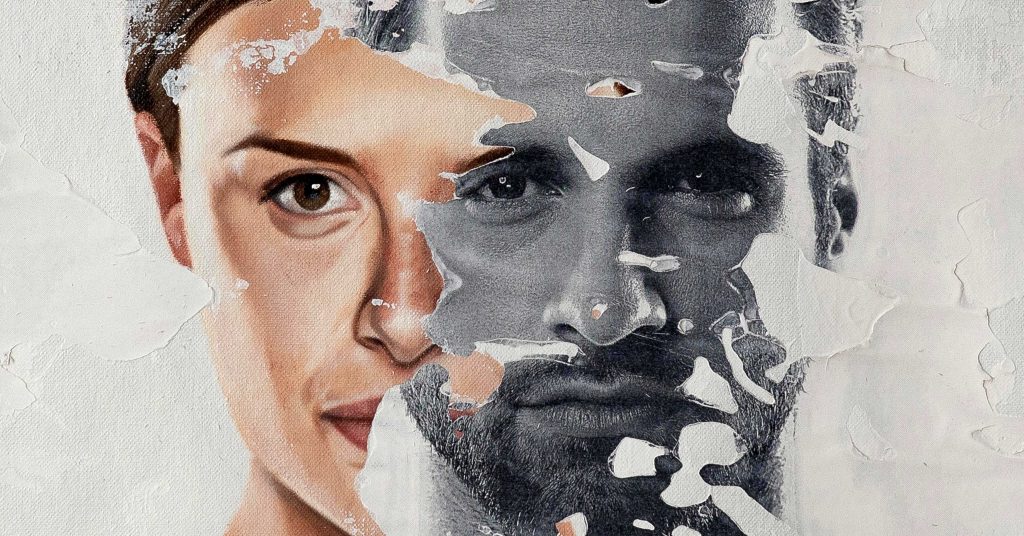

As we embark on the journey of artistic exploration, it’s not just about admiring the vibrant strokes of a brush or the lyrical dance of words; it’s about finding your own voice in this symphony of creativity. Developing your unique artistic expression is akin to nurturing a garden—requiring patience, experimentation, and a dash of audacity.
1. Embrace the Imperfect Brushstroke:
In the realm of artistic expression, perfection is an illusion. Don’t be afraid to let your brushstrokes wander and explore uncharted territories on the canvas of your creativity. The beauty often lies in the imperfections, the unexpected swirls of color that tell your story in a language only you can decipher.
2. Break Free from the Mold:
Artistic expression is about breaking free from conventions and letting your creativity run wild. Don’t confine yourself to predefined boundaries; instead, let your imagination soar. Whether it’s experimenting with unconventional materials or blending genres, fusion that makes your expression uniquely yours.
3. Draw Inspiration from Diverse Sources:
Just as a painter draws inspiration from the world around, let your creative wellspring flow from diverse sources. Immerse yourself in literature, music, nature, or even everyday experiences. The more varied your influences, the richer the tapestry of your artistic expression becomes. Like a sponge, absorb the world, and let it seep into your creative endeavors.
4. Learn the Art of Adaptation:
Artistic expression, much like life, is a dynamic journey. Be open to evolving, adapting, and learning new techniques. Don’t hesitate to step outside your comfort zone, for it’s in those uncharted territories that you discover new facets of your artistic self. Evolution is the heartbeat of a thriving artistic expression.
5. Find Joy in the Process:
Amidst the pursuit of perfecting your craft, remember that the essence of artistic expression lies in the joy found in the process. Each stroke, each experiment, contributes to the evolving masterpiece of your creativity. Revel in the journey, and let the process be as fulfilling as the final creation.
6. Connect with Fellow Creators:
Artistic expression flourishes in a community of like-minded souls. Connect with fellow creators, share experiences, and draw inspiration from their artistic journeys. The collective energy of a creative community can fuel your own artistic odyssey, adding new dimensions to your expressive repertoire.
In the end, developing your artistic expression is about unlocking the door to your creative sanctuary. Allow the brush of your imagination to paint the story of who you are, unapologetically and authentically. As you cultivate your neophotorealistic style, remember that the canvas is expansive, and each stroke is a step towards self-discovery. So, dip your brush in the colors of courage, curiosity, and creativity, and let the masterpiece of your unique expression unfold.
Conclusion
In this exploration of artistic expression, we’ve unraveled a tapestry woven with threads of creativity, emotion, and self-discovery. As you reflect on this journey, consider the canvas of your life and the colors waiting to be explored. Embrace your creativity, for within it lies the key to a richer, more vibrant existence.
FAQs
1. Is artistic expression limited to traditional forms like painting and music?
No, artistic expression knows no bounds. It can manifest in any form—visual arts, performing arts, literature, and even everyday activities.
2. How can artistic expression contribute to stress relief?
Engaging in artistic activities triggers a relaxation response, reducing stress hormones and promoting a sense of calm and well-being.
3. Can anyone develop artistic skills, or is it an innate talent?
Artistic skills can be cultivated through practice and dedication. Innate talent may provide a head start, but perseverance is the true catalyst for growth.
4. What role does inspiration play in artistic expression?
Inspiration serves as a catalyst, fueling the creative process. It can be found in nature, experiences, emotions, or the work of other artists.
5. Is there a right or wrong way to express oneself artistically?
No, artistic expression is inherently subjective. There’s no right or wrong; it’s about authentic self-expression and the journey of discovery.

